Getting around a city shouldn’t feel like solving a puzzle or emptying your wallet. The best urban transportation systems make moving from point A to point B feel effortless, whether you’re a local heading to work or a tourist exploring new neighborhoods. These cities have mastered the art of moving millions of people efficiently, cleanly, and affordably.
Some cities have figured out what others are still trying to crack. From high-speed trains that arrive every two minutes to buses that stick to their schedules, these transportation networks work like clockwork. Here is a list of 16 cities that have built public transportation systems so good that owning a car becomes more of a luxury than a necessity.
Tokyo, Japan
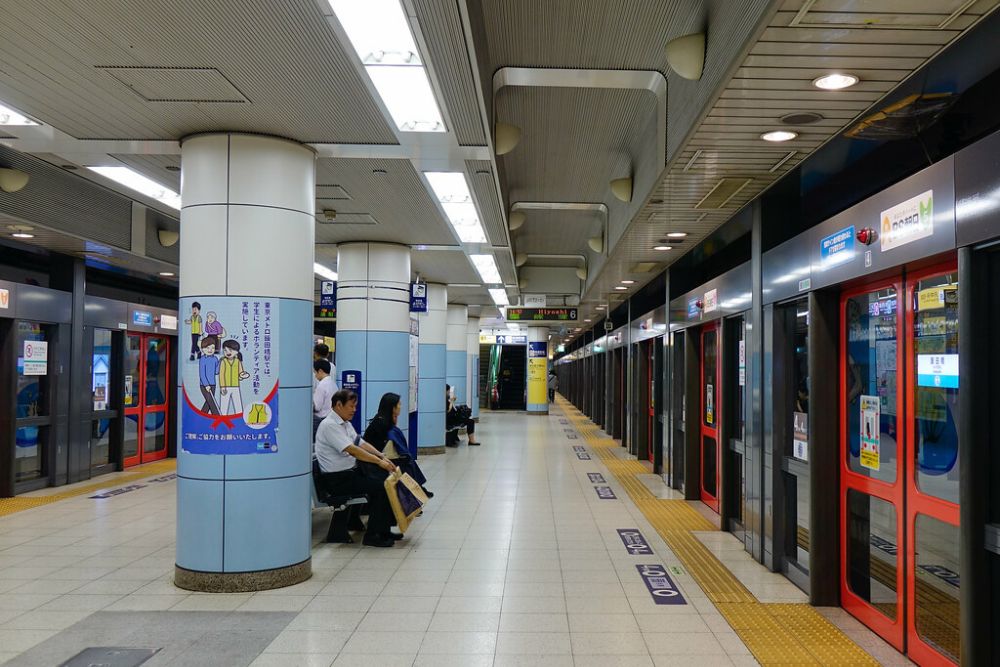
Tokyo’s transportation network operates like a well-oiled machine, somehow managing to move 40 million people daily without breaking a sweat. Multiple train lines, subways, and buses connect seamlessly throughout this massive metropolitan area.
What sets Tokyo apart? The punctuality. Trains arrive within seconds of their scheduled time, while delays longer than a minute warrant public apologies.
Singapore
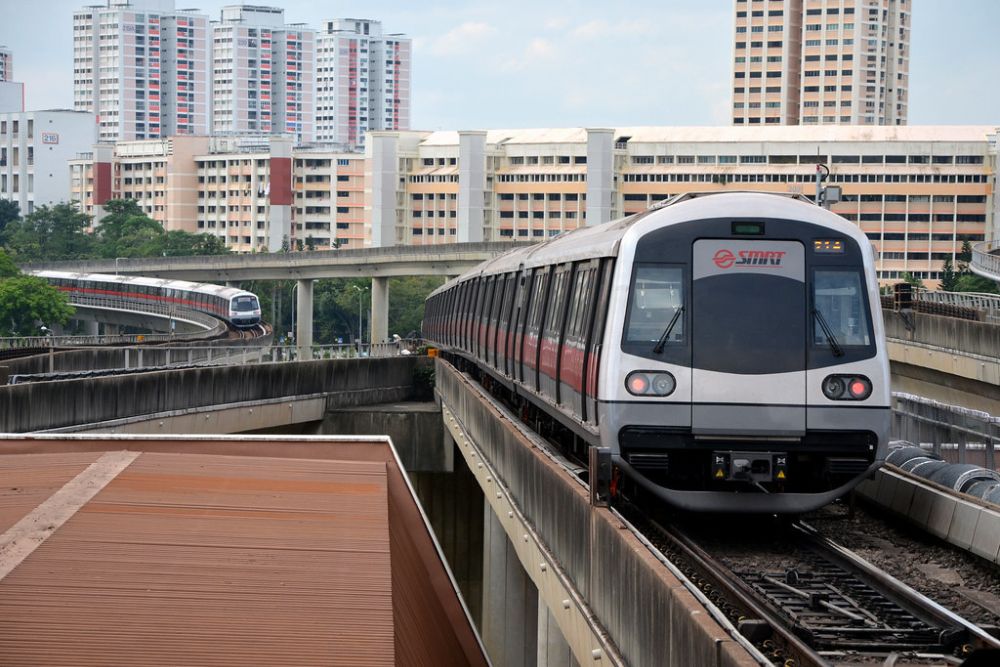
Singapore treats its public transportation like a national treasure, and it shows in every detail. The Mass Rapid Transit system covers the entire island nation with modern, air-conditioned trains that arrive every few minutes during peak hours.
The government has made owning a car so expensive that most residents happily rely on public transport, creating a system that’s both comprehensive and incredibly well-funded.
Like Travel Pug’s content? Follow us on MSN.
Paris, France
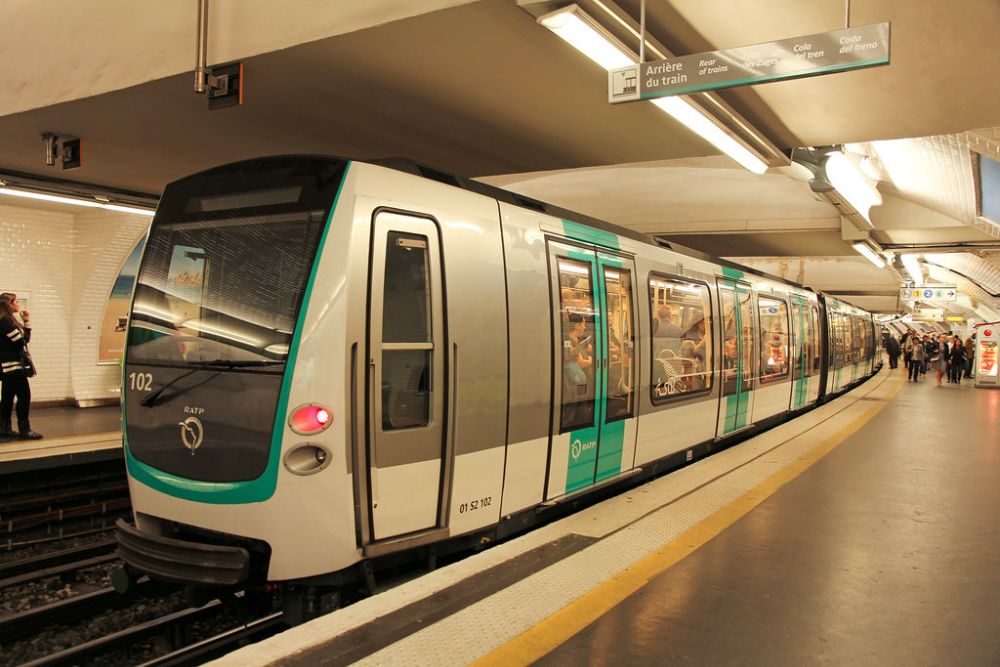
The Paris Métro operates on a simple principle: no point in the city should be more than a short walk from a station. This dense network of 14 lines means you’re never more than 500 meters from a metro entrance within the city limits.
Integration with regional trains, buses, and trams creates a transportation network that extends far beyond the city center, reaching into the surrounding suburbs.
Vienna, Austria
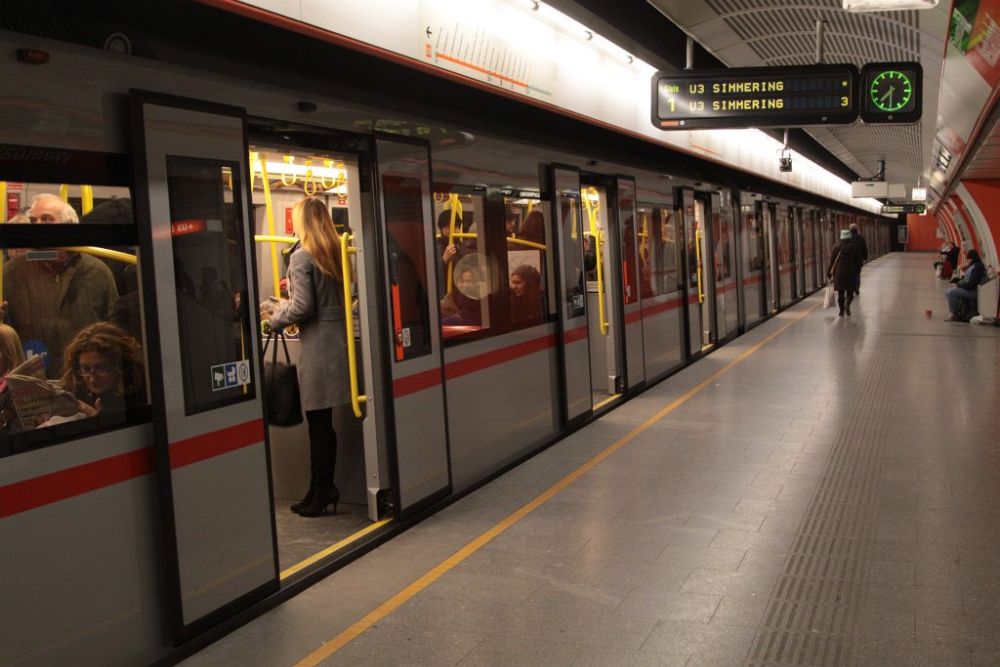
Vienna treats public transportation as a public service rather than a business, resulting in some of the most affordable fares in Europe. The city’s trams, buses, and U-Bahn trains run frequently and reliably, connecting neighborhoods with efficiency that makes car ownership optional for most residents.
Vienna’s commitment to sustainability shows in its modern, energy-efficient vehicles and stations powered by renewable energy.
Berlin, Germany
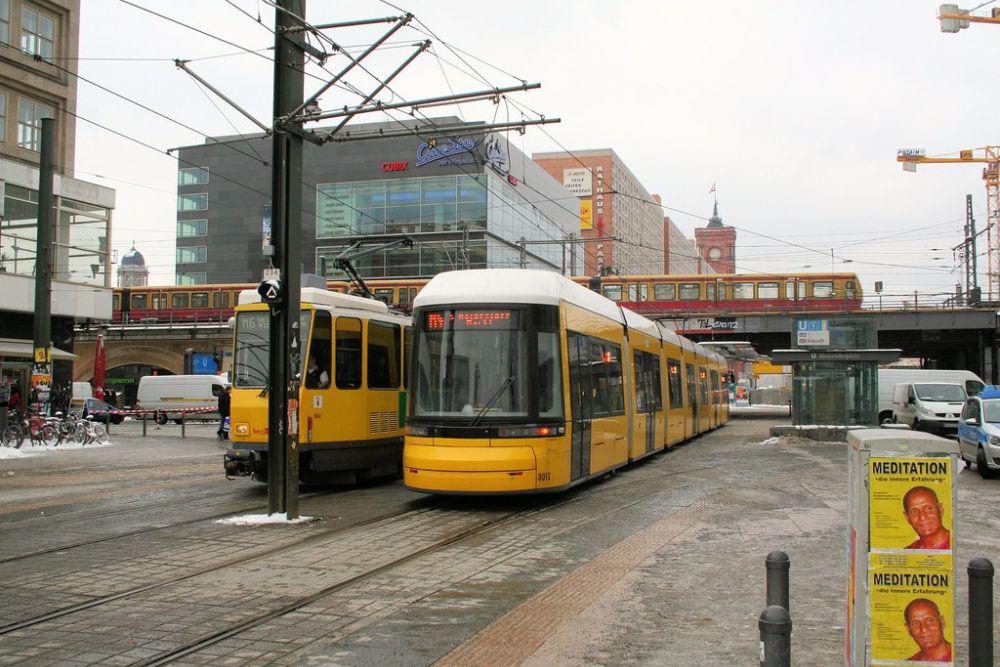
Berlin’s public transportation system reflects the city’s history while serving its modern needs incredibly well. The network combines U-Bahn (underground), S-Bahn (surface rail), trams, and buses to create comprehensive coverage across this sprawling city.
What makes Berlin unique is its honor-based fare collection system—there are no turnstiles, just occasional ticket checks that rely on passenger honesty.
Like Travel Pug’s content? Follow us on MSN.
Amsterdam, Netherlands
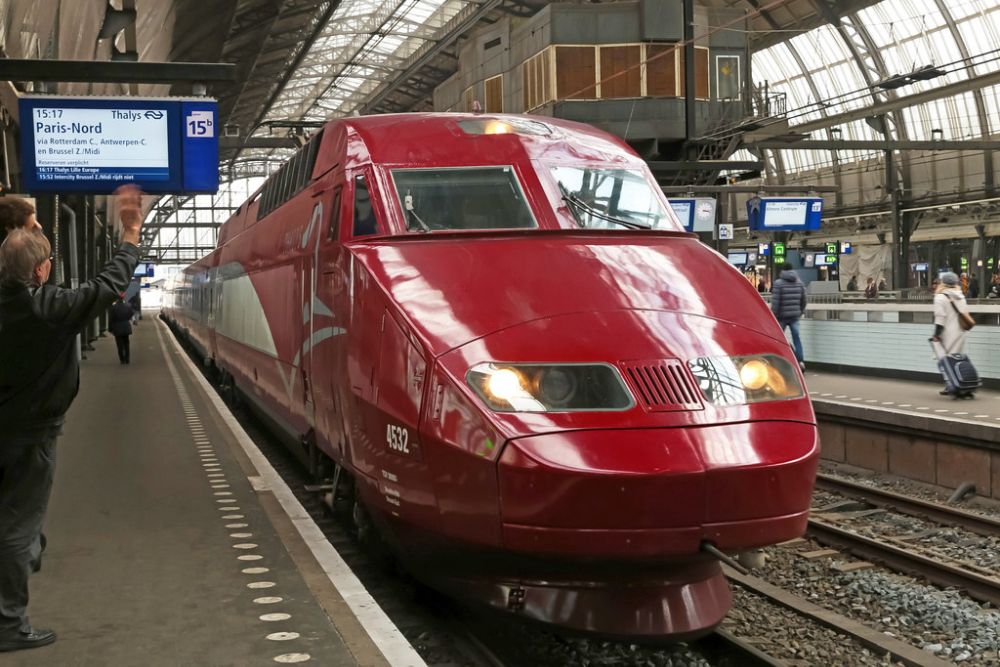
Amsterdam has built a transportation system that perfectly complements the city’s famous cycling culture. While bikes handle short trips, the GVB network of trams, buses, and metros takes care of longer journeys and rainy days. Integration between different transportation modes is seamless.
You can easily combine a tram ride with a bike rental or a bus connection.
Copenhagen, Denmark
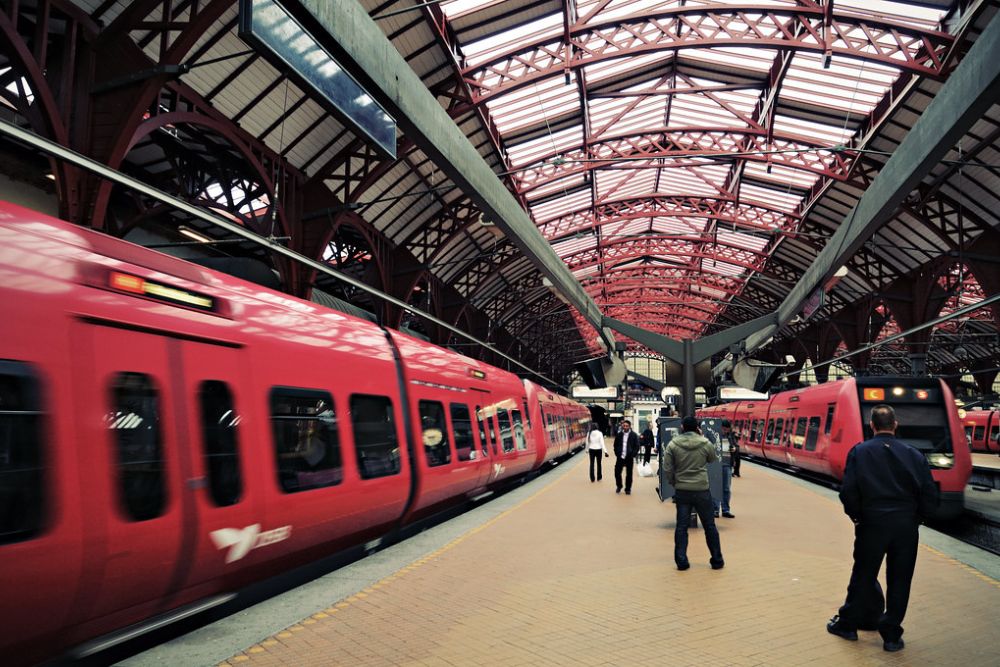
Copenhagen’s public transportation operates with Scandinavian efficiency and environmental consciousness. The Metro system runs 24/7 with driverless trains that arrive every few minutes, though buses and regional trains fill in the gaps.
The city has designed its transportation network to work hand-in-hand with cycling infrastructure, creating a system where sustainable transport is always the most convenient option.
Stockholm, Sweden
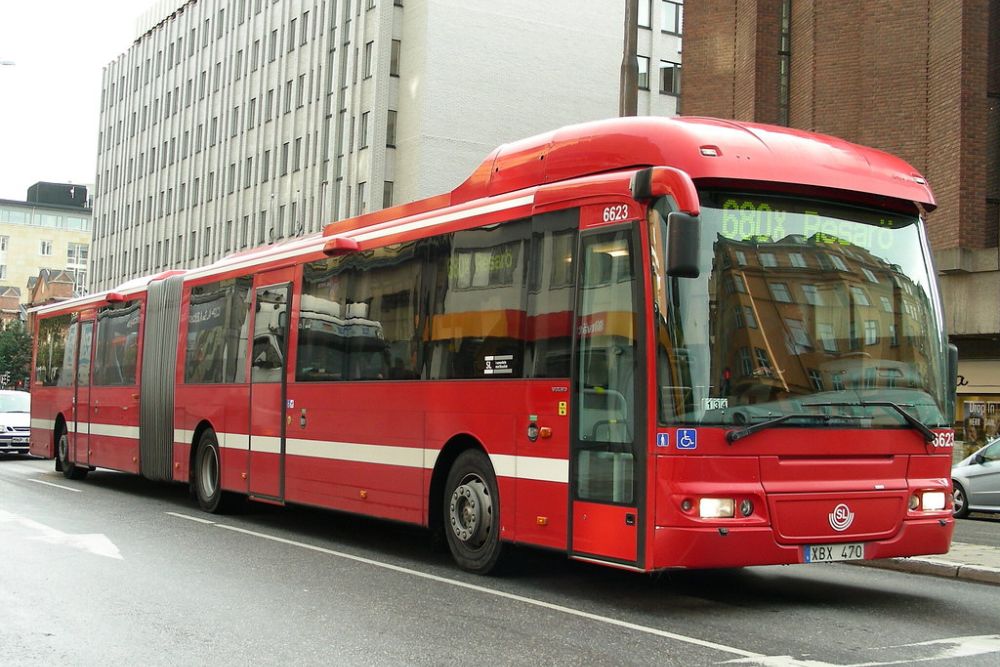
Stockholm’s public transportation system spans 14 islands and the surrounding mainland with remarkable efficiency. The T-bana (subway) system is famous for its artistic stations, yet the real achievement is how buses, trains, and boats work together to serve this geographically challenging city.
The system’s winter reliability is particularly impressive. Trains and buses keep running smoothly even when temperatures drop well below freezing.
Like Travel Pug’s content? Follow us on MSN.
Barcelona, Spain
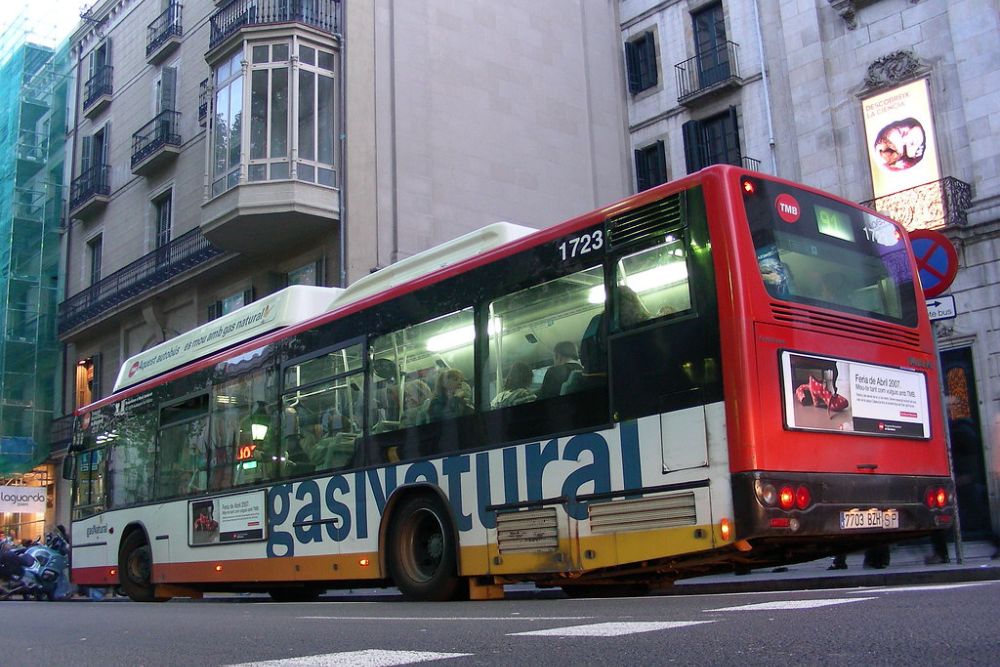
Barcelona’s TMB network proves that public transportation can be both functional and beautiful. The metro system connects the city’s diverse neighborhoods while buses fill in the gaps, creating comprehensive coverage from the beach to the mountains.
The city has invested in making the system accessible and user-friendly, with clear signage, multiple language options, and modern vehicles that make getting around feel effortless.
Munich, Germany
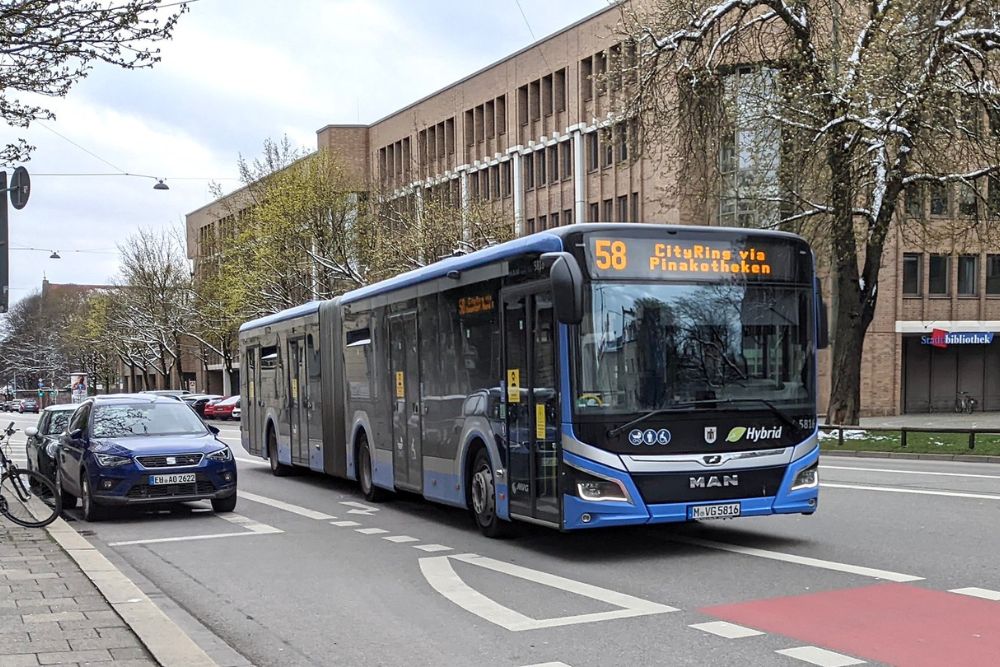
Munich operates one of Germany’s most efficient public transportation systems, seamlessly connecting the city center with suburban areas and even reaching into the Bavarian countryside. The MVG network combines U-Bahn, S-Bahn, trams, and buses with German precision.
Everything runs on time, though connections are perfectly coordinated. The system’s integration with regional transportation makes it easy to travel from downtown Munich to nearby cities and attractions.
Helsinki, Finland
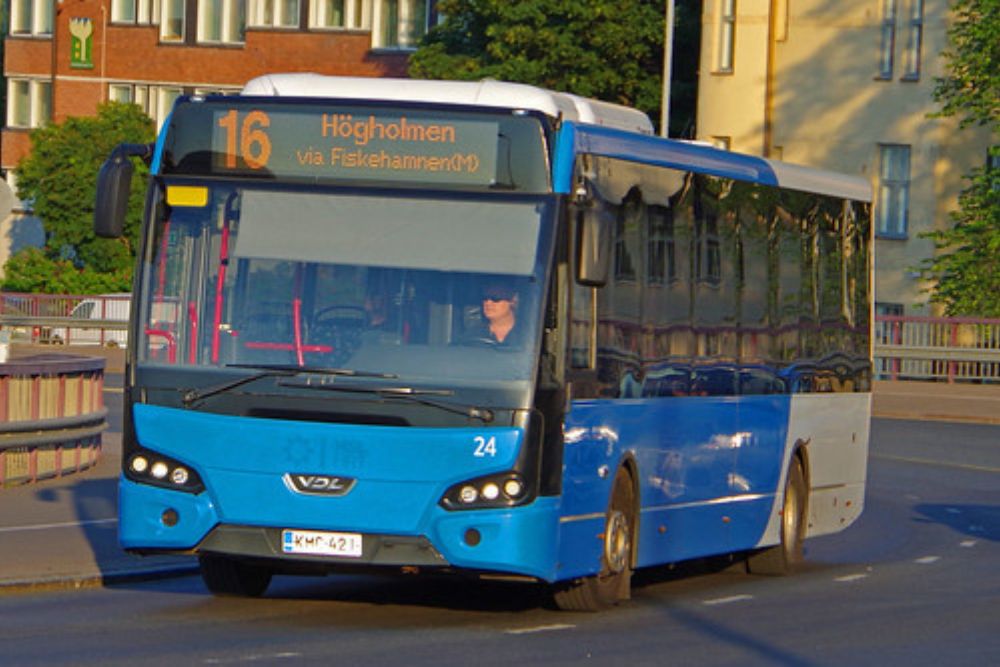
Helsinki’s HSL network showcases Finnish design and efficiency in public transportation. The system combines metro, tram, bus, and ferry services to serve the city and surrounding areas with remarkable reliability. What sets Helsinki apart is its commitment to accessibility.
The entire network is designed to be usable by everyone, regardless of mobility limitations or language barriers.
Like Travel Pug’s content? Follow us on MSN.
Montreal, Canada
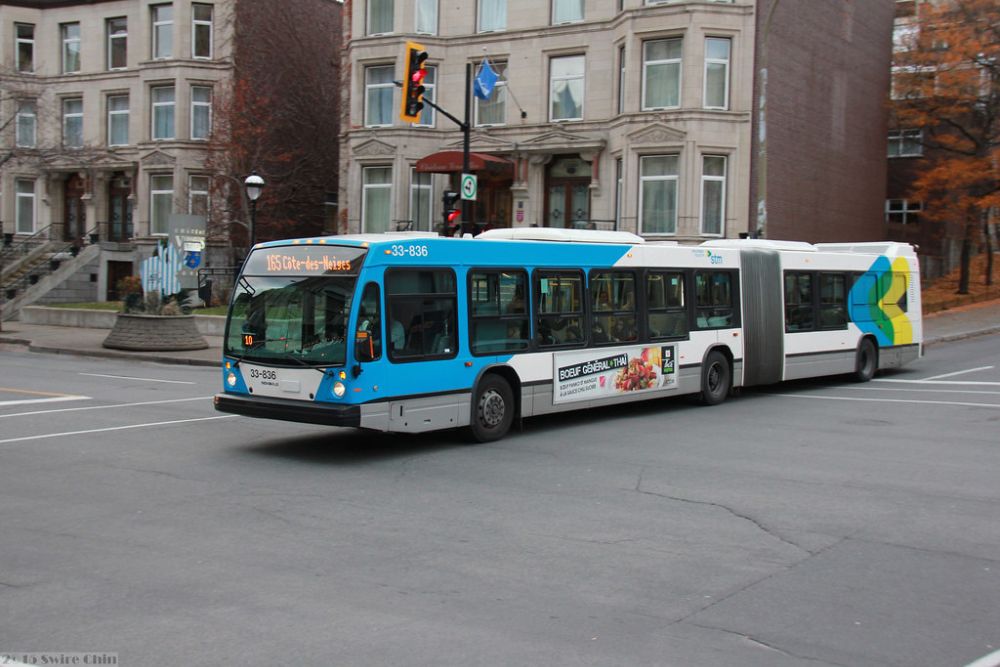
Montreal’s STM system proves that public transportation can thrive even in harsh winter conditions. The metro system features distinctive rubber-tired trains that run quietly and efficiently, while the bus network ensures comprehensive coverage across the island.
The system’s integration with the underground city means you can travel between major downtown destinations without ever stepping outside during brutal Canadian winters.
Vancouver, Canada
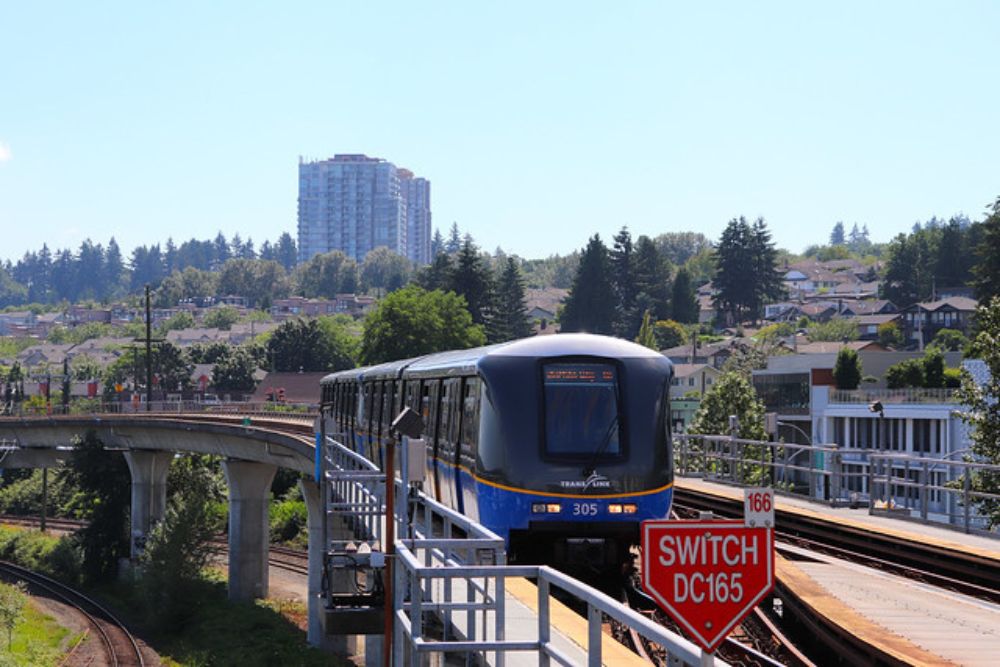
Vancouver’s TransLink system combines traditional transit with innovative solutions to serve a geographically diverse metropolitan area. SkyTrain’s automated rapid transit connects downtown Vancouver with suburbs across multiple bridges and through mountain tunnels.
The system’s integration with buses, ferries, and even a scenic gondola create transportation options that work as well for daily commuting as they do for weekend adventures.
Melbourne, Australia
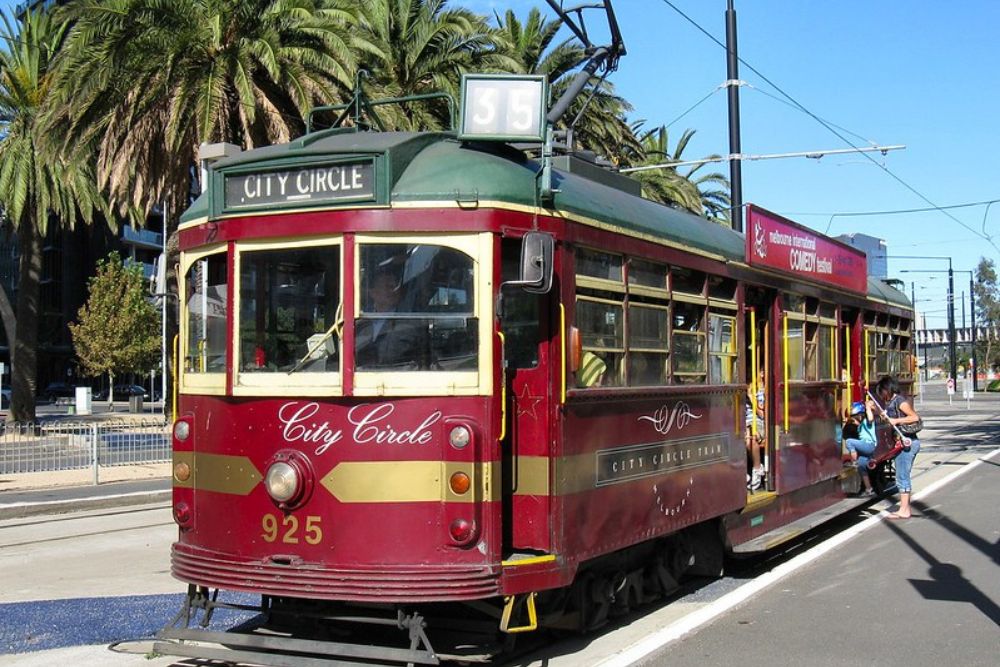
Melbourne’s extensive tram network is the largest in the world, creating a transportation system that feels both nostalgic and thoroughly modern. These trams connect every corner of the city while trains and buses fill in longer-distance routes to suburban areas.
The system’s free tram zone in the city center makes it incredibly easy for visitors to explore the area. Meanwhile, locals enjoy comprehensive coverage throughout the metropolitan area.
Like Travel Pug’s content? Follow us on MSN.
Oslo, Norway
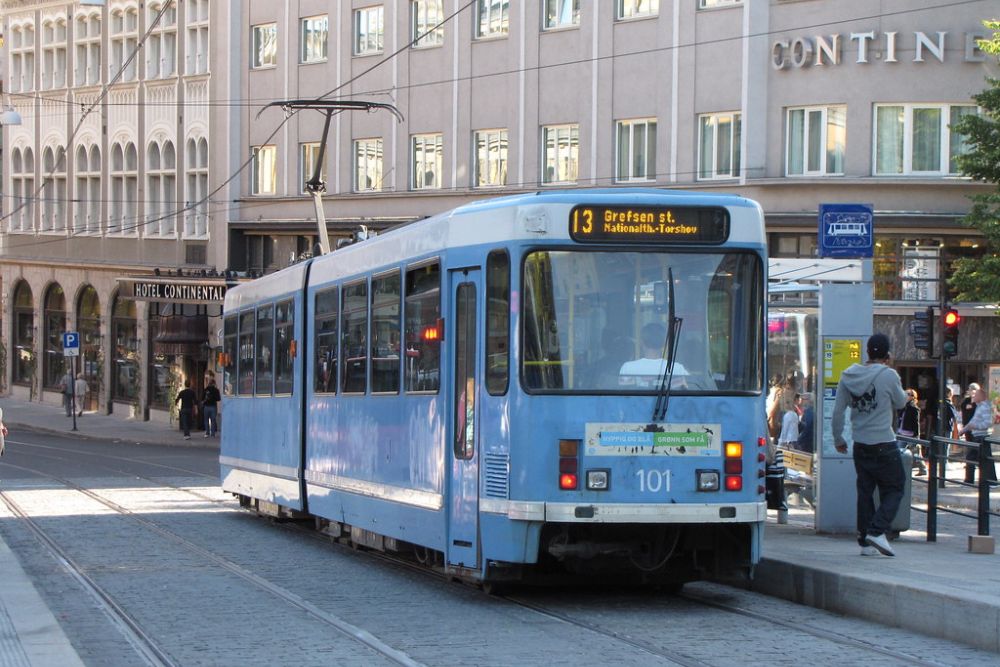
Oslo’s Ruter network demonstrates how public transportation can efficiently serve a sprawling Nordic city. The system combines T-bane (metro), trams, buses, and boats to connect downtown Oslo with suburban neighborhoods and recreational areas.
What makes Oslo special is how the transportation system integrates with the city’s outdoor lifestyle. You can take public transit directly to hiking trails, beaches, and ski slopes.
Prague, Czech Republic
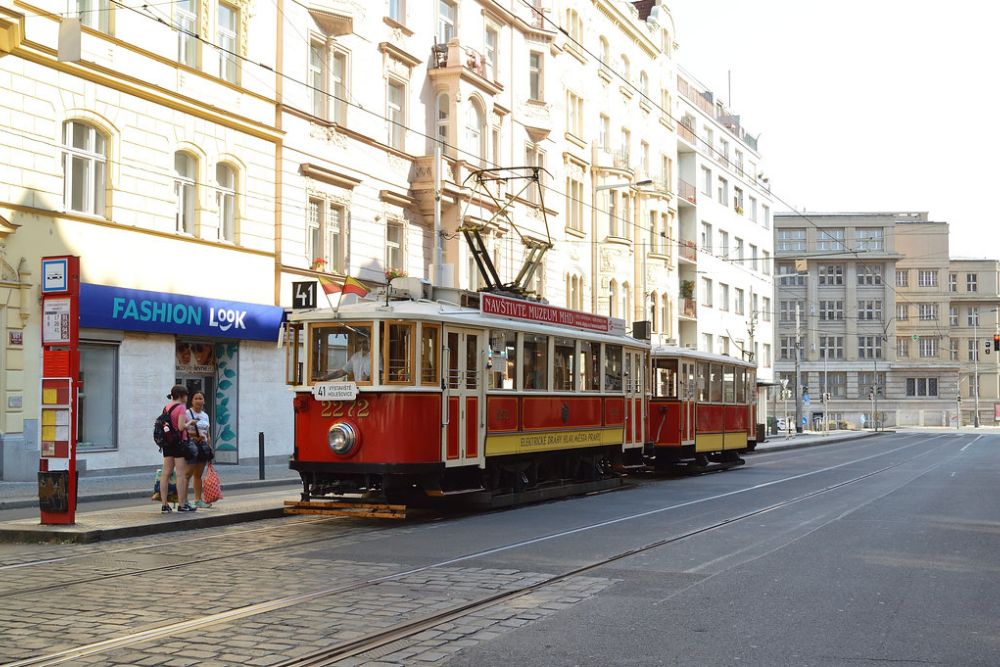
Prague’s DPP system offers exceptional value and coverage in one of Europe’s most beautiful cities. The network of metros, trams, and buses connects historic neighborhoods with modern districts while maintaining affordable fares that make public transportation accessible to everyone.
The system’s reliability and comprehensive coverage mean that visitors can explore everything from Prague Castle to suburban areas without needing a car or expensive taxi rides.
Moving Forward Together
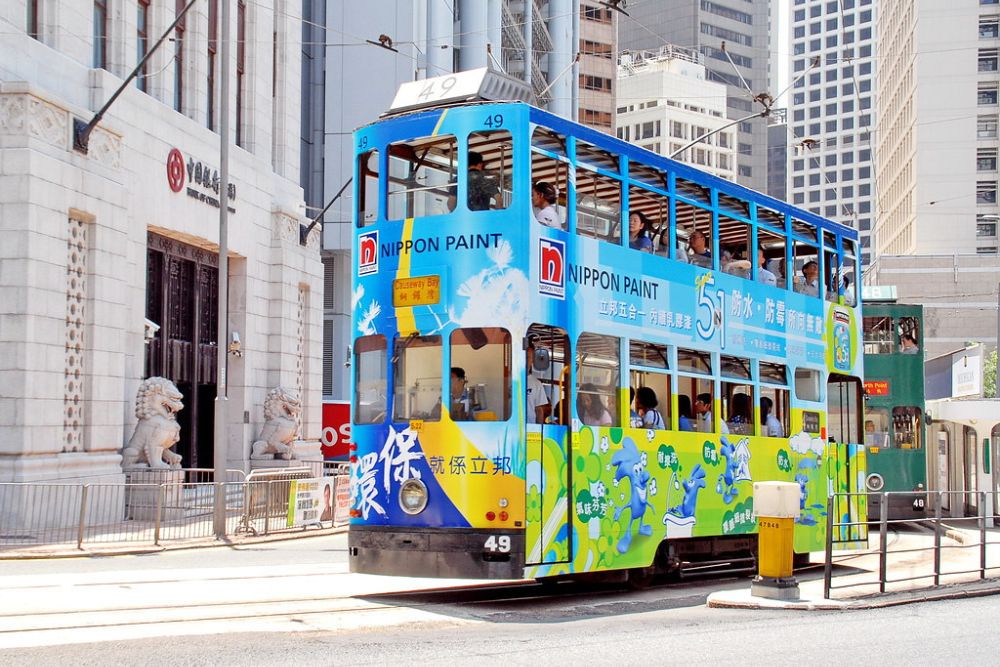
These cities prove that excellent public transportation isn’t just about moving people. It’s about creating livable, sustainable communities where residents have genuine alternatives to car ownership. From Tokyo’s precision timing to Montreal’s winter resilience, each system reflects its city’s unique character while solving the universal challenge of urban mobility.
The best transportation systems become invisible infrastructure that simply works, freeing people to focus on their destinations rather than their journeys.
More from Travel Pug

- 20 Best Beach Towns in the Carolinas
- 13 Destinations Where Tourists Regularly Regret Their Trip
- 20 Things You Actually Get in First Class
- 20 Small Airports With Aviation Museums
- 20 Places in the U.S. That Are Perfect for a Reset Trip
Like Travel Pug’s content? Follow us on MSN.
